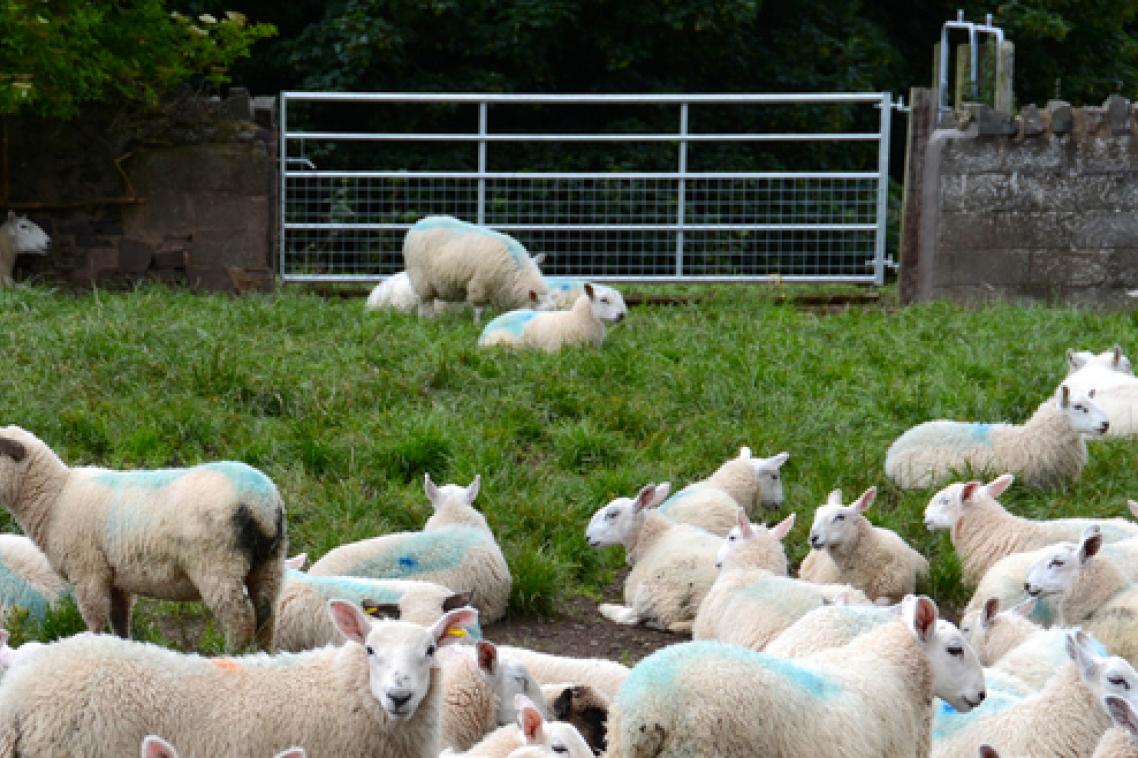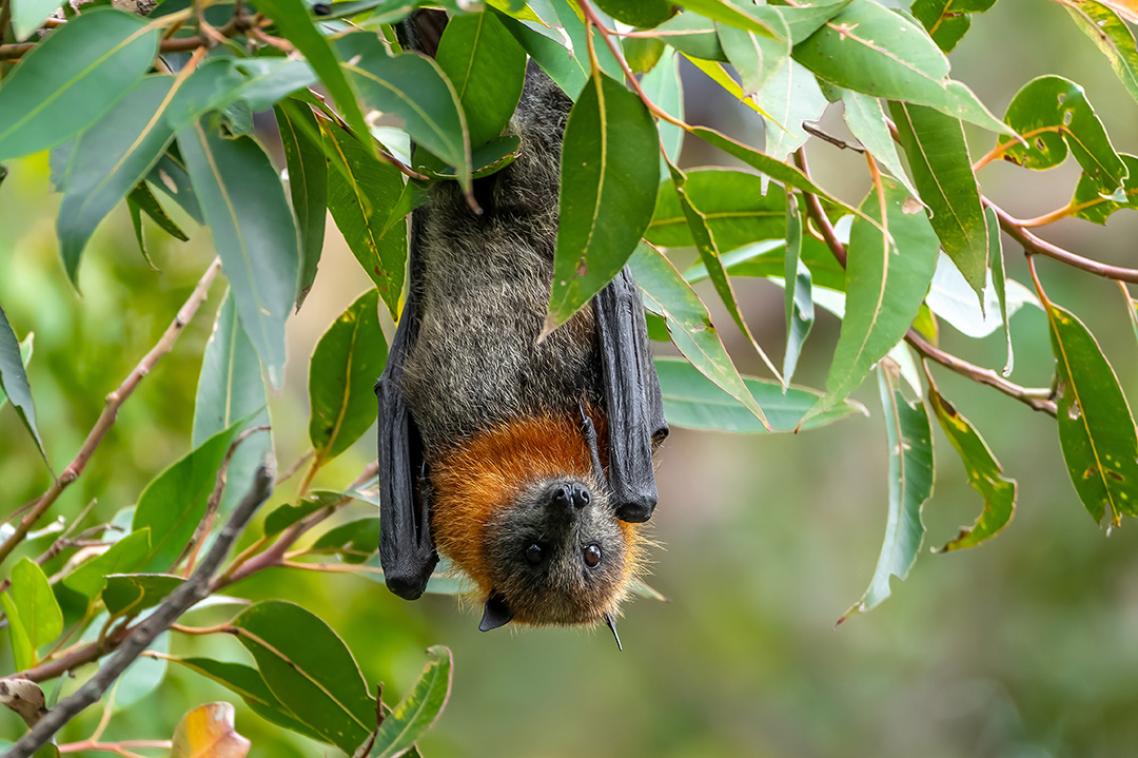Molecular ‘sheep’ could open a scientific gateway

University of Queensland researchers have taken a big step toward understanding the movement of molecules in the human body.
Professor Geoff Goodhill from the Queensland Brain Institute and the School of Mathematics and Physics said molecular movement was involved in a number of diseases, including Alzheimer’s.
“This potentially helps in understanding what has gone wrong,” he said.
“Molecules in the body need to pass through “gates” as they move in and out of cells.
“It’s like sheep passing through farm gates.
“We have built a mathematical model which explains why sometimes only a few ‘sheep’ get through, and sometimes many do.”
PhD student Brendan Bicknell and Professor Goodhill developed a theory explaining how the “gates” open and close.
Professor Goodhill said ions – molecules needed for many brain and other physiological functions – were central to the process.
“Many key features of cell behavior are controlled by ion channels — pores in cell membranes that open and close,” he said.
“A lot of factors determine whether the gates are open, closed, or somewhere in between.”
Building a model helped explain the transitions between the three states, Professor Goodhill said.
The research was challenging because ion channels exhibited unpredictable and variable dynamics over several timescales, from the rapid kinetics of a single opening to slow switching known as “modal gating”.
“By mathematically modeling the basic biophysical events that control ion channel opening, we have introduced a new principle for understanding these molecular gates,” he said.
Professor Goodhill said although the research concentrated on one type of ion channel, the theory could be applied more generally to other ion channels.
The research is published in the Proceedings of the National Academy of Sciences.
Media: Professor Geoffrey Goodhill, g.goodhill@uq.edu.au, +61 7 3346 6431.
Related articles

Strict regulations for street stalls a drain on vibrancy

Everything you need to know about Australian bat lyssavirus
Media contact
UQ Communications
communications@uq.edu.au
+61 429 056 139
